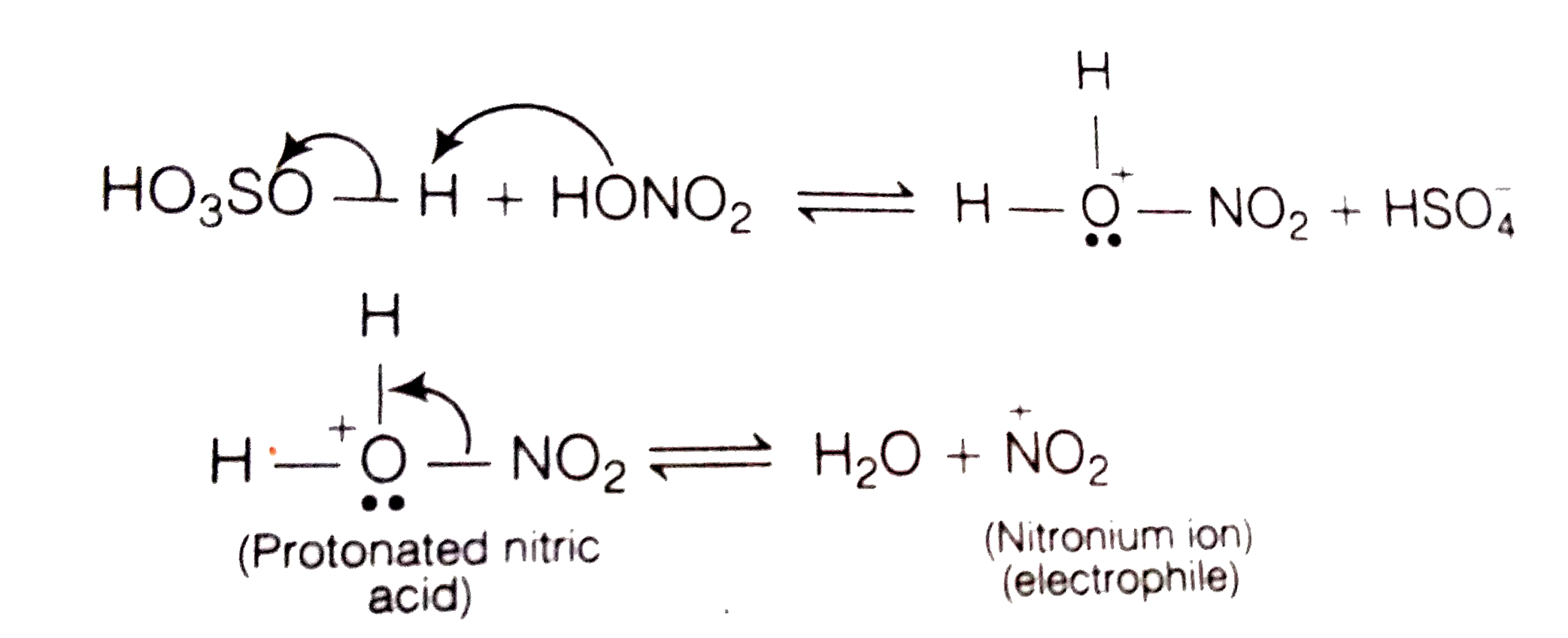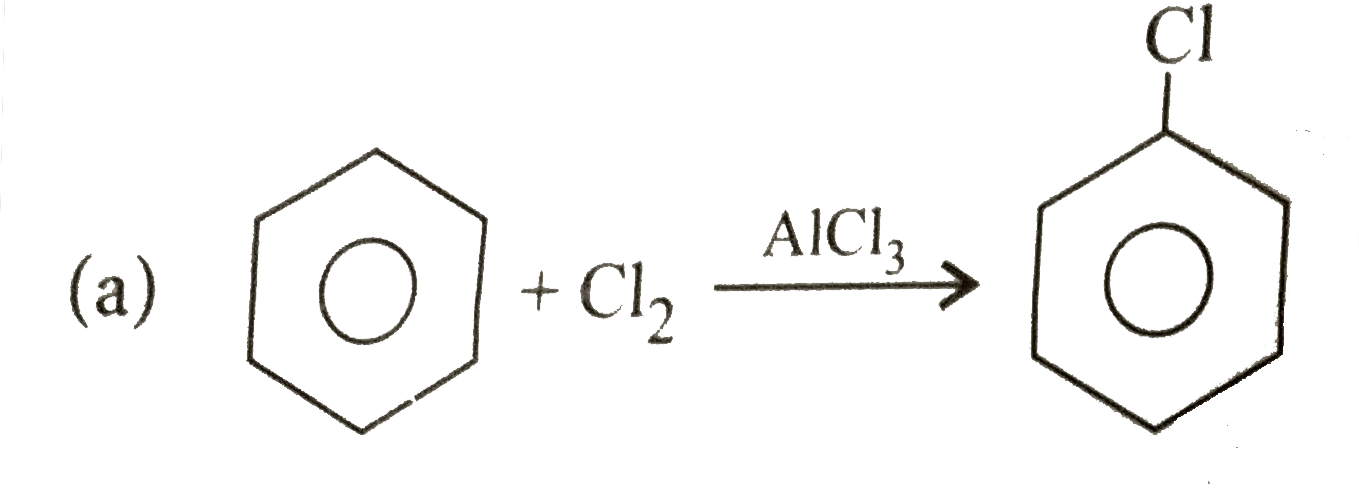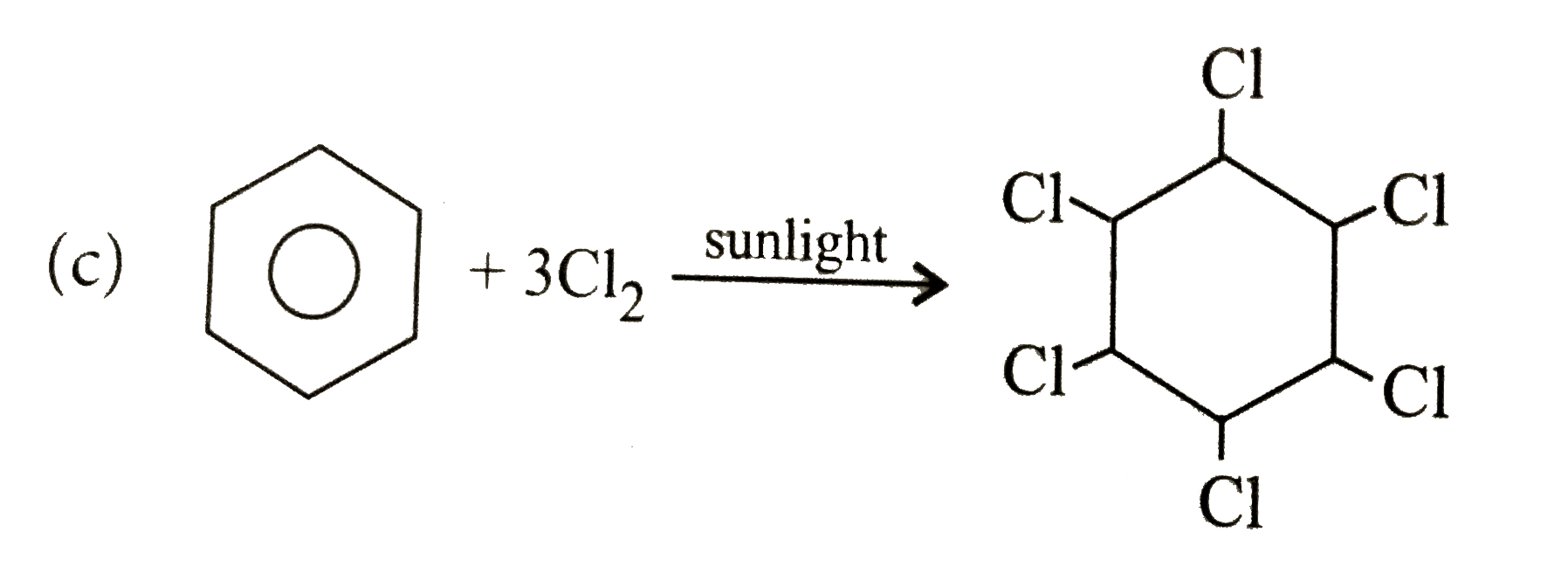Nitration is an example of aromatic electrophilic substitution and its rate depends upon the group already present in the benzene ring. Out of benzene and phenol, which one is more easily nitrated and why ?
Video Solution
Text Solution
Niration of benzene and phenol is an electrophilic substitution reaction. During nitration +NO2 (nitronium ion) is produced as an intermediate as follows

This nitronium ion (electrophile) attacks on benzene or on phenol. Phenol is more easily nitrated than benzene as the presence of −OH group in phenol increases the electron density at ortho and para positions in benzene ring by +R effect.
Since, the electron density is more in phenol than in benzene, therefore, phenol is more easily nitrated than benzene.
|
Updated on:21/07/2023
Topper's Solved these Questions
Similar Questions
Knowledge Check
- Question 1 - Select One
Which of the following reactions is not an example of electrophilic substitution in benzene ring?
A B
B C
C D
D
Out of phenol and benzene, which can be more easily nitrated ?
View SolutionOut of benzene, m–dinitrobenzene and toluene which will undergo nitration most easily and why?
View SolutionOut of benzene, m-dinitrobenzene and toluene which will undergo nitration most easily and why?
View SolutionElectrophilic substitution in case of aromatic amines takes place more readily than benzene. Explain.
View SolutionElectrophilic substitution in case of aromatic amines takes place more readily than benzene. Explain.
View SolutionWhy phenol undergoes electrophilic substitution more easily than benzene?
View SolutionWhat is meant by electrophilic substitution reaction? Explain the mechanism of nitration of benzene.
View Solution

